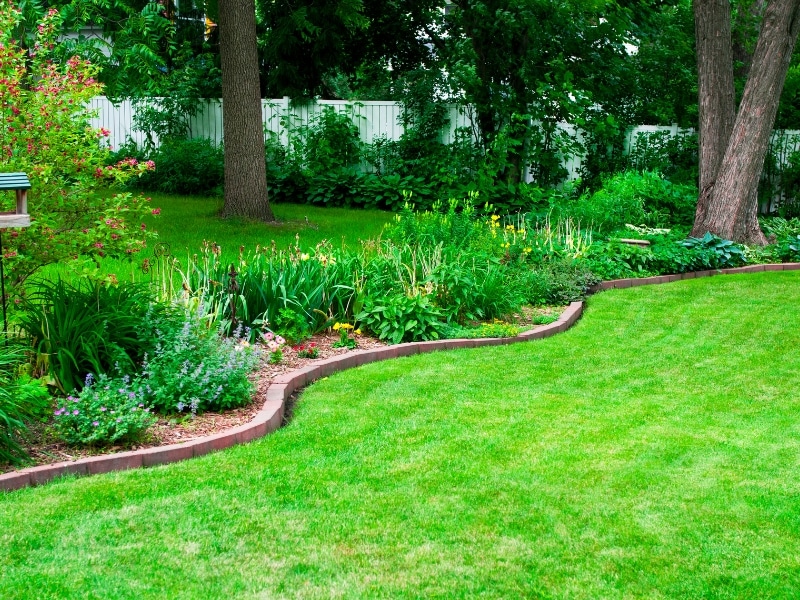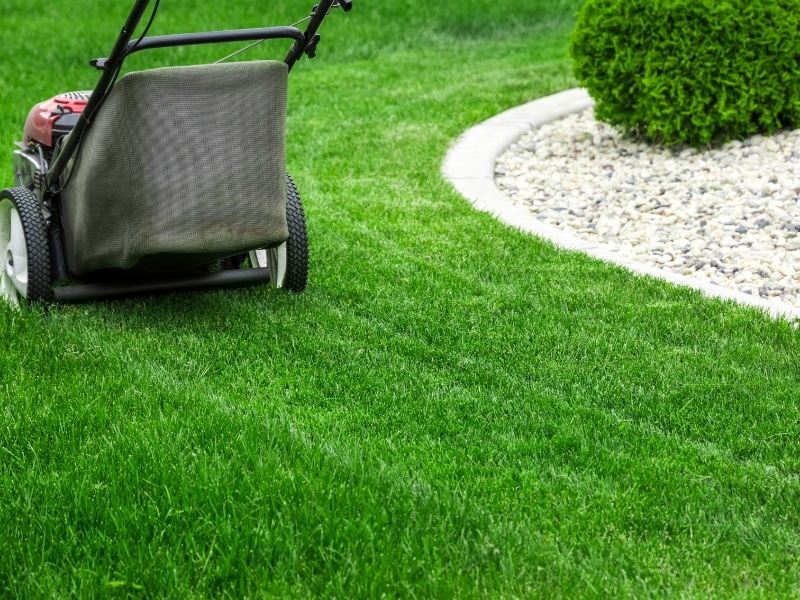
Winter in Australia can trick you into thinking your lawn doesn’t need much attention. Yet, lawn care landscaping during the colder months lays the foundation for lush, resilient turf when spring rolls around. Grass growth slows, but issues like frost, soil compaction, and erratic rainfall don’t take a holiday. You’ll find that minor missteps now can lead to dead patches and persistent weeds that take months to fix. Skipping seasonal care often results in more time and money being spent later. This article explores proven techniques to protect your lawn and keep your garden looking tidy, regardless of the weather conditions.
What factors influence effective lawn care landscaping in colder months?
You might think winter is a time to rest, but a few crucial factors demand your attention:
- Soil temperature shifts: Cold soil slows nutrient uptake, weakening roots and reducing grass resilience against pests.
- Compaction risk increases: Frequent rain and foot traffic squash soil, choking air pockets and blocking water movement.
- Frost stress emerges: Sharp cold snaps damage blades, stunt new growth, and create ideal conditions for disease.
- Hidden pest activity: Insects and larvae thrive under leaf litter, silently damaging root systems until spring.
- Sunlight reduction: Shorter days limit photosynthesis, slowing repair from wear and tear.
A significant problem arises when these issues accumulate unchecked. That’s why thoughtful planning helps avoid costly recovery efforts. When you understand the stakes, you’ll feel more confident applying efficient approaches to winter lawn care and landscaping success that keep your turf in fine fettle.
Why does soil preparation matter for winter lawn care landscaping?
Strong lawns start underground. Winter soil prep sets you up for success:
- Aeration benefits: Loosens compacted soil, promoting deeper roots and enhancing water absorption, even during heavy rainfall.
- Organic amendments, such as compost and manure, boost nutrient levels and microbial activity, helping grass stay nourished throughout dormancy.
- Drainage improvements: Reduces pooling water that fosters mould, moss growth and root rot over time.
- pH balancing: Keeps nutrients accessible during dormant months and corrects acidic soil that stunts grass development.
- Winter mulch layer: Adds insulation to protect roots from temperature extremes and erosion.
These steps reduce the risk of patchy growth and make your lawn more resilient. To get started with practical methods, you can explore top winter lawn care landscaping techniques that show exactly how to prepare your soil before the cold sets in. That’s soil sorted—simple steps lead to long-term gains.
How can irrigation systems support lawn health during winter?
Proper watering doesn’t stop when temperatures drop. Irrigation systems deliver consistency:
- Scheduled watering: Prevents over- or under-watering during dry spells, maintaining steady moisture levels.
- Drip line efficiency: Limits evaporation and targets root zones directly, saving water and reducing runoff.
- Sensor-based adjustments: Fine-tune watering to match rainfall and soil saturation for healthier turf.
- Leak detection: Catches problems before damage spreads and avoids wastage during cooler months.
- Smart controllers: Automate watering schedules, adapting to changing weather without constant monitoring.
One clear advantage is that reliable moisture keeps your grass less vulnerable to frost damage. To maintain balance across the garden, consider adopting methods to keep the garden healthy in winter, which helps protect every part of your landscape.
What role does turf management play in seasonal landscaping success?
Turf care is the backbone of a strong lawn. Ignore it, and you’ll pay the price come spring:

- Consistent mowing: Keeps grass at the right height for photosynthesis without stressing the crown of each blade.
- Thatch removal: Prevents debris buildup that traps moisture, which can lead to fungal diseases and insect infestations.
- Fertiliser application: Supports root health during slow growth, storing nutrients for rapid regrowth later.
- Pest and disease checks: Spot trouble before it spreads and becomes harder to eradicate.
- Edge maintenance: Maintains clean lines and prevents weeds encroaching from garden beds or nature strips.
A significant drawback of neglect is that damage compounds while the grass is dormant. For anyone managing a public verge or council strip, following guidelines for maintaining nature strips responsibly is essential to avoid common compliance issues.
Refer to the table below for quick comparisons:
| Turf Challenge | Why It Happens | What You Can Do |
| Frost Burn | Rapid temperature swings | Water early mornings, avoid foot traffic |
| Moss Invasion | Poor drainage, shade | Improve drainage, remove debris |
| Thatch Build-up | Decaying grass clippings | Scare and aerate |
| Weakened Roots | Nutrient shortages | Apply winter-formulated fertiliser |
Thoughtful turf care is always time well spent.
Which techniques make lawn care landscaping more resilient over time?
Resilience comes from habit, not luck. These practices keep your lawn ready for anything:
- Seasonal aeration: Stops compaction and helps roots spread deeper into the soil profile.
- Balanced fertilising: Keeps nutrients available during dormant periods without overfeeding.
- Thoughtful mowing: Avoids stress while maintaining density and preventing fungal outbreaks.
- Irrigation calibration: Maintains even moisture across the lawn, discouraging patchiness.
- Seasonal overseeding: Fills thin areas to prevent weed colonisation during winter slowdowns.
One standout benefit of a strong routine is fewer pest outbreaks and less patchiness. Adding these habits to your routine helps your lawn stay green and healthy, regardless of the weather. On track—consistent effort builds confidence.
Is professional maintenance better than DIY in winter?
This is a fair dinkum question with no single answer. Weigh up the options:
- Professional support: Access to specialised equipment, seasonal expertise and advanced treatments.
- Personal involvement: Greater control over timing, products used and budget management.
- Hybrid approach: Blend occasional expert help with regular DIY care to save money and build skills.
- Knowledge gains: Learn techniques you can reuse every season, reducing reliance on paid services over time.
A major downside of DIY is the time needed to research and trial methods effectively. If you prefer to keep control but want a little backup, you can rely on ways to keep the garden healthy in winter that break down which tasks you can manage on your own and which ones benefit from expert care. Choice made—each option suits different situations.
Final thoughts
Winter lawn care isn’t just about surviving the cold. It’s about preparing your garden to bounce back stronger when warm weather returns. From soil prep to turf management, consistent effort pays off in fewer problems and a healthier landscape. If you’re curious about tailored strategies, you can learn what Bespoke Landscaping Sydney can do for your landscape to see how professional guidance makes all the difference.





